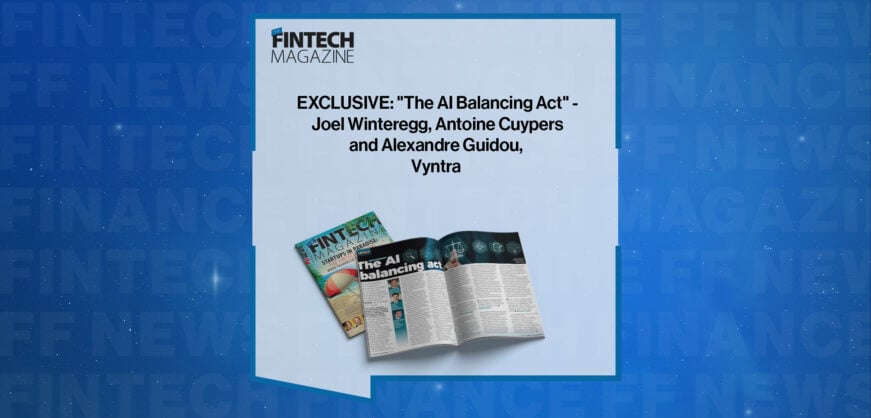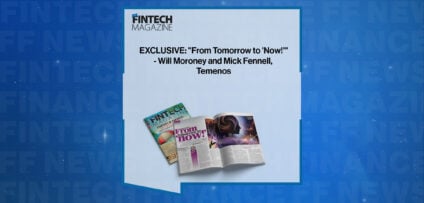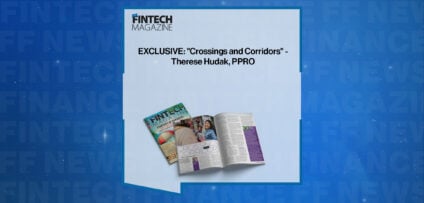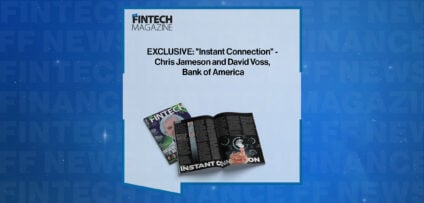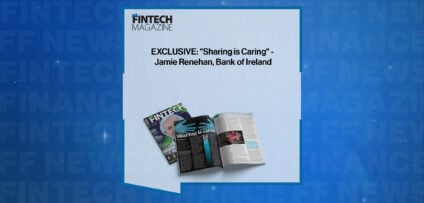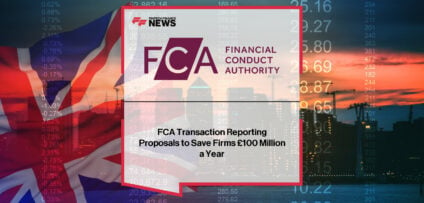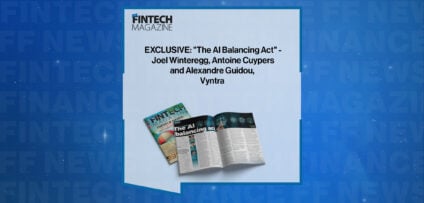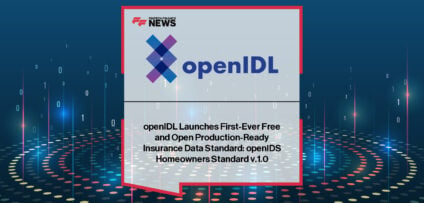Breaking News
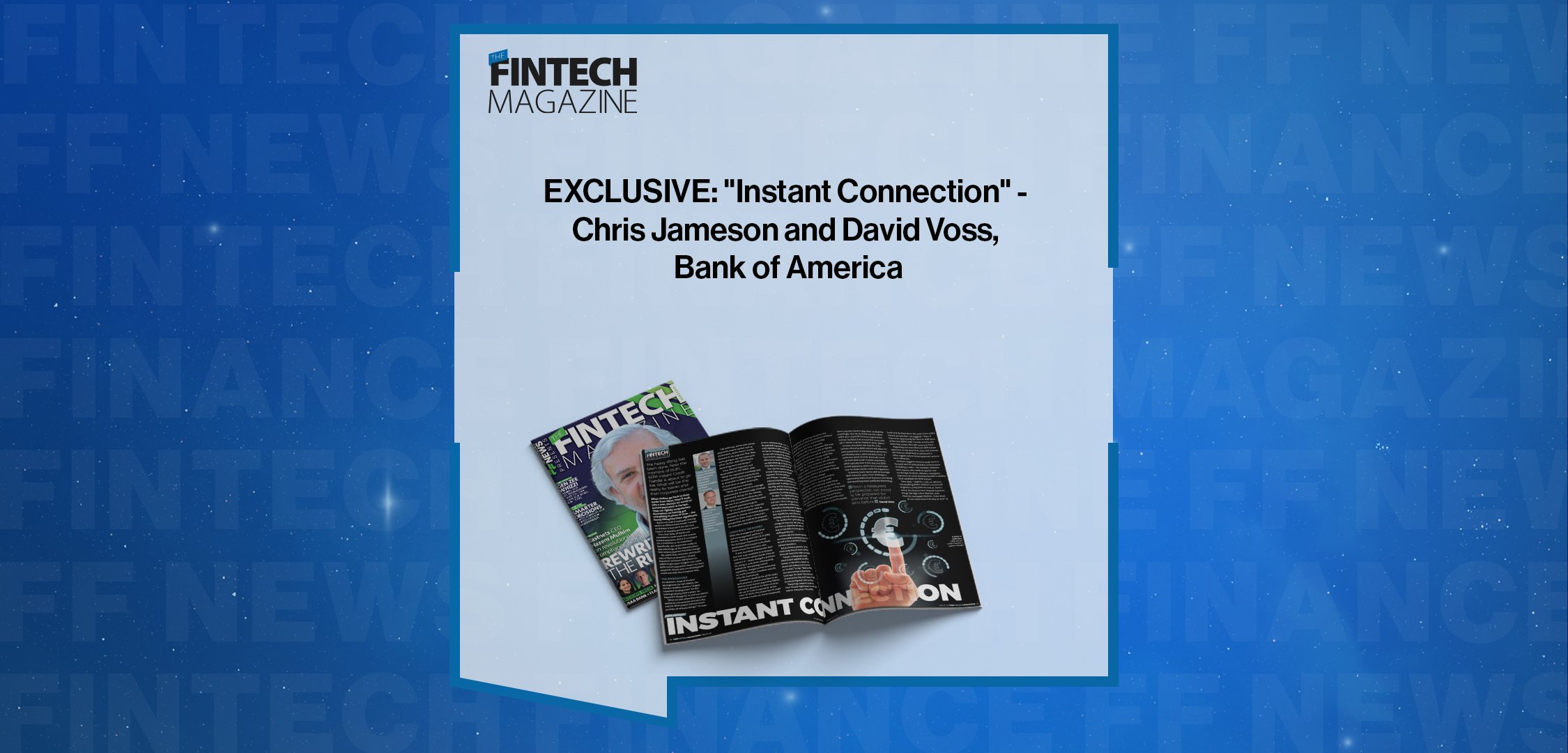
EXCLUSIVE: “Instant Connection” – Chris Jameson and David Voss, Bank of America in ‘The Fintech Magazine’
The heavy lifting has been done. Now the moment of truth. SEPA Instant Credit Transfer is about to go live. What will be the reality for banks and their corporate clients?
When visitors go back to their banks from Sibos, they’ll walk into a new, always-on world of instant payments in Europe.
They can rightly congratulate themselves on having got everything in place in time – the heavy lifting has been significant. But it’s not until Europe pulls that big switch on SEPA Instant Credit Transfer on October 9 that we’ll see the true impact on liquidity and treasury teams.
From that date, all banks are mandated to both issue and receive instant payments. But is it a catalyst for a revolution or an evolution? Specifically, are corporates ready to take advantage of the opportunities that instant payment transfers bring?
We asked Chris Jameson and David Voss of Bank of America’s Global Payments Solutions (GPS) team in EMEA to give their insights into what SEPA Instant payments means for their corporate clients who are dealing both inside and with the European bloc.
THE BACKGROUND
For Jameson, Head of Product Management for GPS EMEA, the October deadline marks a ‘hugely important development’ for the banking industry that creates ‘an important change for us and our clients’. “What we and corporates need are resilience, convenience and security, and the SEPA Instant infrastructure provides all of these things” he says.
“Up until now, we’ve seen instant payments used in sectors such as ecommerce, where there’s a retail element to the payment flow. Now, we’re going to see that open up to other sectors, with SEPA Instant becoming more mainstream.” Voss, Head of Payments and Receivables for GPS EMEA, adds: “What the regulation essentially does is make SEPA Instant payments just as accessible as SEPA Credit Transfers. It’s put them on equal terms with classical payment methods.
“While we may not see an overnight avalanche [in increased usage of instant payments], clearly, for the industry, it’s a very important milestone, and we see it as a potential inflection point for instant payments to grow.
“It’s a call to action for corporate treasuries to think about what an increase in volume of instant payments means for them. From a treasurer’s perspective, we need to be prepared for scenarios that didn’t exist before.”
CORPORATE TREASURIES
With the emergence of national real-time payment systems in the EU, starting with the UK in 2008, the European Payments Council developed SEPA Instant to facilitate flows across the economic area. It was launched in November 2017 but was only available to businesses and consumers whose banks chose to support it – many charged a premium for using it, and some subsequently withdrew. Mandating instant capability, charged at the same price as credit transfers, breathes new life into the framework.
October’s deadline for all EU banks and payment service providers to be able to send instant payments follows January’s deadline for them all to be set up to receive payments. At the start of 2025, the proportion of credit transfers made via instant payments in the EU was below 20 per cent – so the potential for growth is huge. But a key implication is the need for banks to have an increased liquidity buffer to cope with money being withdrawn from accounts outside traditional office hours. Conversely, businesses can take advantage of faster money flows that arrive around the clock.
Voss says new payment scenarios include ‘large volumes of instant payments that are coming in out-of-hours – it could be receiving payments in patterns that they’re not typically used to seeing, in terms of liquidity, and that may require them to be more flexible to have different approaches to pooling and payments’.
He adds: “In a digital world, speed is key to our clients, their users and end-users. There is an opportunity now for corporates to differentiate themselves by using speed of payment as a way of more actively managing their liquidity line, and, ultimately, building new kinds of client experience.
“So, we think this is potentially a big change for corporates over time, and one that our corporates will need to look at from both a technology and staffing perspective.”
“The huge body of work the industry has done around ISO 20022 will be a core foundation to build on for that interoperability we’re all looking for”
Jameson says new instant payment use-cases could include wage payments to staff or the settlement of invoices between businesses. But just because payments can be made at any time, he doesn’t believe firms will necessarily switch overnight.
“Despite us being really bullish about instant payments and SEPA Instant, at the outset, many of our clients will continue to be focussed on ‘on time’,” he says. “Based on their own infrastructure and payments landscape, the clients they have and counterparties they need to pay, they’ll
considering what’s best for them.
“Many large companies have run their treasury organisations in a certain way for many years. They will be using batch processing structures, and using instant payments would be a material shift from a process and technology perspective for many corporates.
“Some of the newer companies that have grown in the last 10 years will be digitally native, API native and will be ready to move quickly, and some are already using SEPA Instant, for example, with us, via API.
“But, for other companies, this will require a lot of effort. They will need to evaluate their current processes and infrastructure and consider whether the benefits outweigh the costs of making a change.
“Some will want to move to instant collections. From a working capital perspective, that definitely makes sense. Corporates could collect money faster and perhaps pay money slightly later, so that could be a first step, and it’ll be a gradual process for clients to move along that continuum.
“When you start to make payments 24/7, your treasury team and your accounts payable teams may also need to align their availability accordingly. How do you build out the talent within your corporate treasury organisation that can facilitate that across time zones and 24/7? There’s a lot for clients to think about.”
Jameson also points out that the data richness offered by SEPA Instant will allow for more automation of reconciliation processes, and thereby reduce administrative costs. It could even result in lower prices all round – for both SEPA Credit Transfer payments, which typically clear in one day, and SEPA Instant payments, which cannot cost more than its slower cousin under the regulation.
“A treasury team may be able to leverage SEPA Instant to solve a new challenge or opportunity within their business, and doing that would help them justify the technology build and dip their toe in the water from a SEPA Instant perspective,” he suggests. “Then, if there is an opportunity for them to shift some of the core SEPA Credit Transfer activity and move that across, that will come over time.”
Regarding use cases that suit SEPA Instant payments in the near term, Voss and Jameson can draw on what they’ve witnessed in other regions when instant payment systems were rolled out. Jameson suggests insurers could use it to forward cash to policyholders in the process of making a claim – for example, someone with injuries who needs to pay for care in a foreign hospital. Likewise, emergency payments of social security benefits is another ideal candidate for SEPA Instant.
Voss adds: “Logistics, cash-on-delivery and anything that’s related to movement of goods is a key place to look at. If you l ook at the finance area, beyond insurance, things like high-value deposits, auto deposits, mortgage deposits. These kinds of use-cases come into play as well.”
FRAUD AND LIABILITY
Under the EU Instant Payments Regulation, a SEPA Instant payment must be received, with funds available to the payee and confirmation sent to the payer’s payment service provider, within 10 seconds. In an effort to mitigate against criminal activity, from the October 9 deadline, EU banks must screen all customers daily against EU sanctions lists. Banks are managing potential fraud threats with a range of screening systems to flag problems and reduce volumes of false positives.
Payment service providers must also facilitate SEPA Instant’s Verification of Payee feature from October 9, which cross-checks the payee’s account name and IBAN. If they don’t match, the payer is alerted.
Ultimately, much of the responsibility to minimise fraud is carried by payment service providers. But once money is transferred to a payee’s account, it’s gone, and consumers and businesses don’t have the consumer protections offered by a credit card payment, for example. While Jameson and Voss believe Verification of Payee will go a long way to boost confidence in SEPA Instant payments, they say more will continue to be done at an industry level.
“As a global bank, we’ve benefited from insights from other parts of the world.” says Jameson. “So, if you think about Brazil and its Pix infrastructure, or India with UPI, where some of these payment systems have grown rapidly, there’s been an increased focus on fraud risk. That was certainly seen in Brazil with Pix.”
Instances of ‘lightning kidnappings’, where people were forced, often at gunpoint, to initiate a Pix transfer, soared in Brazil within a year of the payment system’s introduction, and the government was forced to take measures to limit its use. Real-time payments mean the money goes out of the door in real-time, and that equates to real-time fraud, too.
“In the UK, a 50-50 liability split [between the respective payment service providers involved in an authorised push payment fraud] was brought into play.
“From a treasurers’ perspective, we need to be prepared for scenarios that didn’t exist before”
“There was a high [liability value] cap, which ultimately came down because that would have been extremely restrictive for some smaller PSPs to operate in the market – the liabilities would have been so significant for any payment that they initiated.
“For the EU, Verification of Payee is really being pushed as the main protection tool as we go into the real-time payments era. But I do think there’s more work needed around that liability piece.”
GLOBAL INSTANT PAYMENTS
After decades of navigating labyrinthine global payment systems, the holy grail for instant payments is surely integration that allows money to flow in real-time between continents. The latest milestone for SEPA Instant Credit Transfer mandates access to the system for all EU bank customers. But more than that, the European Payment Council provides access for parties outside the SEPA zone via its One Leg Out Credit (OCT) Instant scheme, which can allow payments from across the globe to arrive in participating EU bank accounts in seconds, 24/7, via an entry-payment service provider within the SEPA zone.
Voss says: “There are clear opportunities for cross-border real-time payments to really take off. That is something that many of us in the industry have been working on for many years, and for which there is a lot of client demand.
“They are looking to manage their liquidity position for all of their trade, including complex supply chains, so this becomes something that is really high value.
“As the SEPA scheme goes live and matures, we have to think how we can help move money cross-border in a real-time fashion. As a global bank that has witnessed and participated in many of these schemes in other parts of the world, we realise there remain challenges, but we’re already seeing good examples of collaborations, whether that’s between India and Singapore, or in the Middle East, based on ISO 20022 or other standardisation.
“There are also other initiatives, from Swift, or, in the SEPA space, there’s the OCT Instant initiative, largely used at the moment by banks in Spain and Andorra, but there’s an ongoing consultation about potentially expanding that.” For Jameson, the fact that SEPA Instant payments feature ISO 20022 messaging standards gives him hope that global connectivity isn’t too far away.
He says: “The huge body of work the industry has done around ISO 20022 will be a really firm foundation. It won’t be a silver bullet that ties all of these infrastructures together, but it’s certainly a core foundation to build on for that interoperability that we’re all looking for.
“From an interoperability perspective, the ISO layer underneath SEPA Instant will be a major facilitator. And all of this is tied into what the G20 was trying to achieve by 2027 in terms of faster, cheaper, more resilient cross-border payments which will come about by tying these real-time payment schemes together.”
This article was published in The Fintech Magazine Issue #36, Page 14-15
Companies In This Post
- Why Every Fintech Will Be a Crypto App and How Dynamic Gets Them There Read more
- FCA Transaction Reporting Proposals to Save Firms £100 Million a Year Read more
- EXCLUSIVE: “The AI Balancing Act” – Joel Winteregg, Antoine Cuypers and Alexandre Guidou, Vyntra in ‘The Fintech Magazine’ Read more
- BBVA: How AI Makes Payments Invisible Read more
- ING on AI Advancing Cyber Automation Read more







